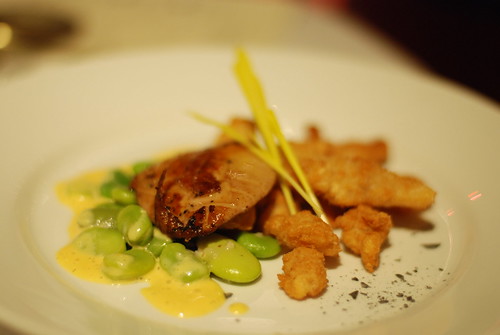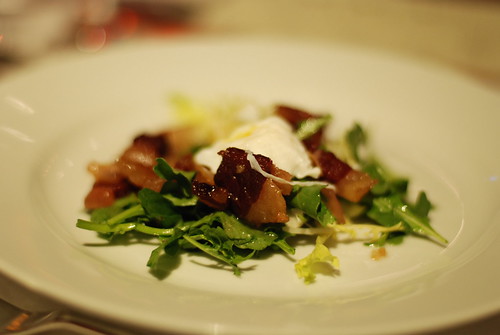Crios de Susana Balbo Torrontes 2007

In the not too distant past, a bottle of Torrontes was relatively hard to find in this part of the world. These days, however, this exotic varietal is popping up everywhere, from Philadelphia restaurants’ wine lists to PLCB stores’ shelves. But, despite its increased availability, Torrontes still remains unfamiliar to many wine drinkers.
Though it is believed to have originated in Galacia in northwestern Spain, Torrontes has earned the reputation as being the characteristic white wine grape of Argentina. There are actually three separate varieties known as Torrontes in Argentina—Torrontes Riojano, Torrontes Sanjuanino and Torrontes Mendocino. Torrontes Riojano is not only the more common of the three (and the most superior in terms of quality), it is also the most-planted white wine grape in Argentina—roughly 20,000 acres according to 2001 figures.
One reason Torrontes may have struggled to find a spot on our collective palates, in addition to its prior lack of availability, is its rich, distinctive aroma. On the nose, Torrontes typically delivers an intense perfume of roses or jasmine—much like an Avon party attended by a room full of grandmas who were on their way home from church. The wine’s all-up-in-your-grill fragrance can be bold, sometimes to the point of being downright obnoxious. And for many folks, there is no middle ground; you either love it or you hate it. However, those willing to embrace its aroma will be rewarded with lush flavors of peaches, lychee nut and exotic fruits.
The mouthfeel of this wine is also noteworthy. Torrontes has the body of a Muscat or a Gewürtztraminer. Indeed, recent DNA profiling at the University of California at Davis has confirmed that there is a high degree of probability that Torrontes Riojano and Torrontes Sanjuanino are each the progeny of a cross between Muscat of Alexandria and Criolla Chica (also known as the Mission grape in the U.S.). Yet, Torrontes is also naturally high in acidity, higher than you'd expect given its medium body (normally, a wine’s acid and body are inversely proportional). The result is a dry, crisp white that can refresh in warm weather and still keep you cozy on cool nights.
The best Torrontes on the PLCB store shelves right now—or on any store shelf, for that matter—is the Crios de Susana Balbo Torrontes 2007 (PLCB No. 29293, $12.99). Susana Balbo is best known for her premium wines, particularly her Malbec. But Balbo’s more affordable Crios line consistently delivers outstanding quality for the price. Her Torrontes is a shining star in this collection.
Here, the grape’s distinctive aroma is present, but its elegant and not overbearing. White peach, honey and tropical fruit flavors fill your mouth followed by a hint of spice. The palate is softer and rounder than in past years (presumably from going through slightly more malo), but a refreshing seam of acidity keeps this wine completely in balance. An ideal match with Thai or Mexican cuisine or perfect on its own.
Read More....
















